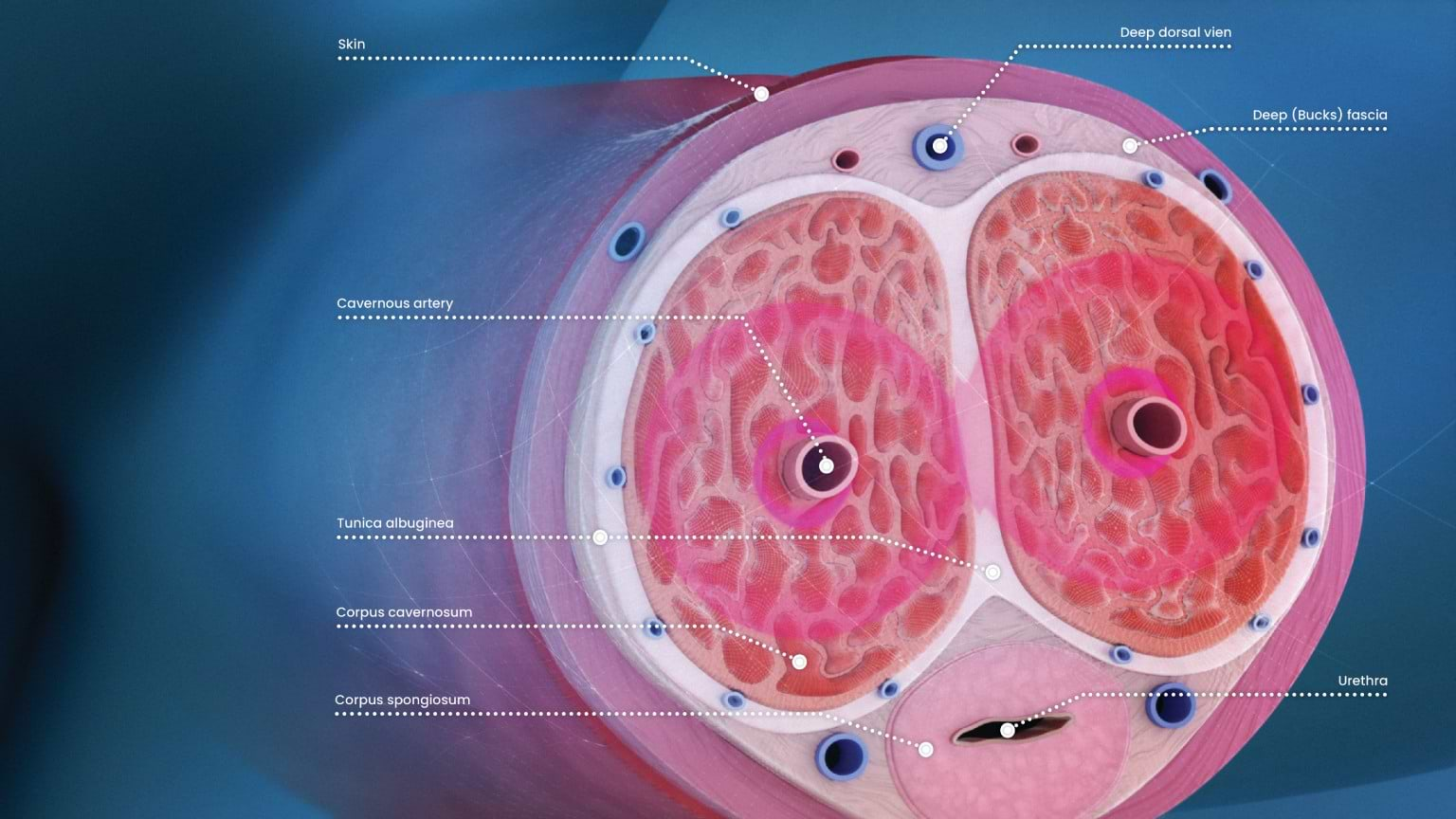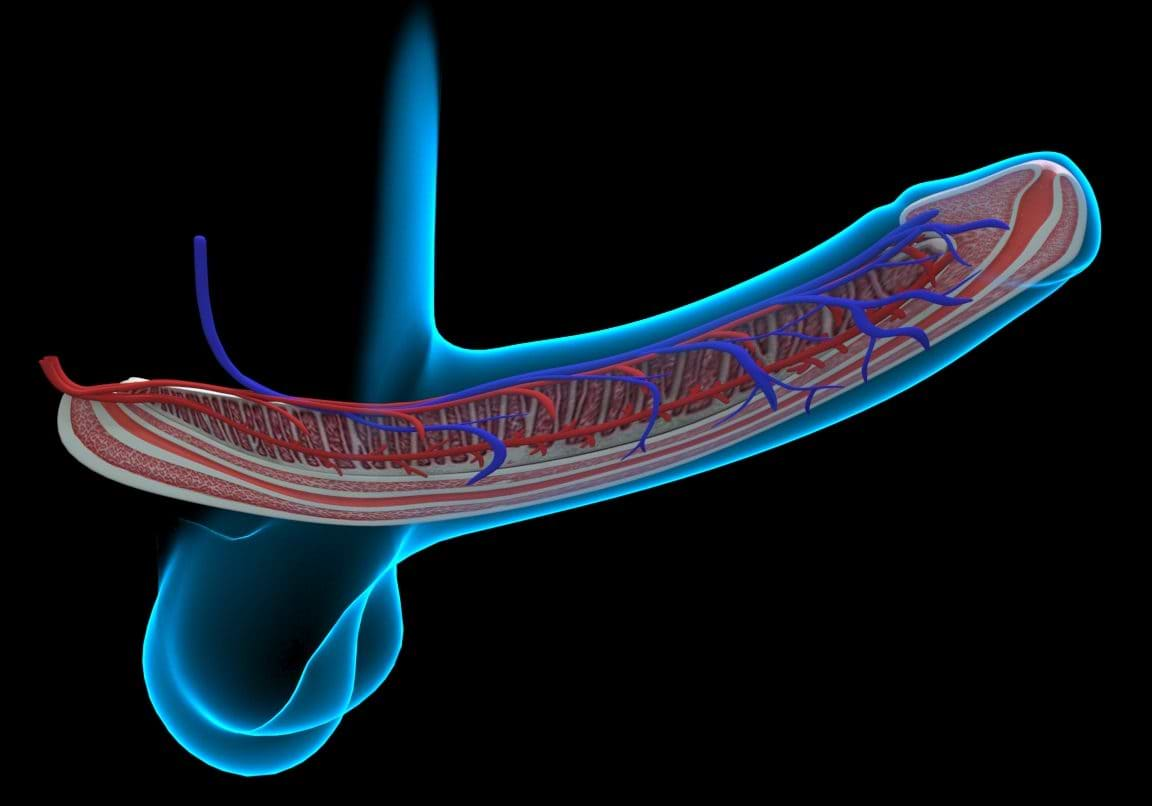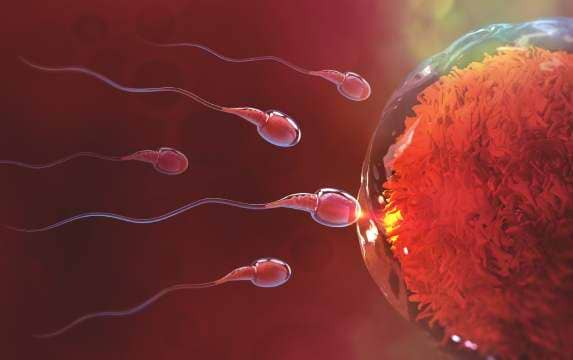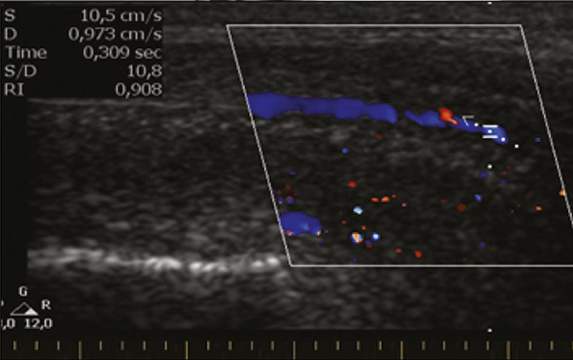“God gave us a penis and a brain, but only enough blood to run one at a time.”
This funny quote made by Robin Williams was said jokingly of course, but expressions such “Boner” or “love muscle” just prove that both men and women have common misconceptions about penile anatomy. However, understanding how the penis functions can help get the most out of sexual relationships, whether learning about it for the first time or extending further existing knowledge.
The penis has two main functions:
- Sexual intercourse – during the phase of sexual arousal, the penis fills with blood which makes it rigid and erect, so as to enable vaginal penetration. During orgasm, sperm cells are ejaculated from the penis via the urethra, and subsequently the penis gradually regains its flaccid form.
- A urinary role – the penis contains the urethra, which allows passage of urine from the bladder to the urethral opening, from which it is expelled from the body.
In this article, we will elaborate on the anatomy of the penis and the functions of its various parts. We’ll start with the fact that for both sexes, genital development begins at the fetal phase, as an undefined lump, from which either the male penis or the female clitoris develops – depending on fetal exposure to either male or female hormones. Changes in the appearance of the male fetus, as compared to the female one, begin to appear approximately eight weeks following conception.
The male reproductive system contains both internal and external components. The penis is an external organ which is made up of three parts: the root, the body (shaft), and the glans penis, and despite the common misconception, it does not contain any bones:
The Glans penis – this is the cone-shaped end of the penis (often referred to as the “head”). Its name originates from the Latin word ‘acorn’, because it resembles the fruit of the oak tree. The glans penis is composed of an external skin tissue and its interior is made up of connective tissue and high concentration of nerve endings and receptors, which make it the most sensitive part of the organ.
The glans penis is designed to assist penetration during sexual intercourse and to transmit a sense of stimulation to the ejaculation and orgasm center in the brain, so that semen can be expelled and sexual satisfaction be achieved. Although the sensitivity of the glans is obviously important, several studies have indicated that with some men – increased sensitivity of the glans and shaft could contribute to premature ejaculation. Another interesting fact is that while the penis gets rigid during erection, the glans stays softer as it acts as a shock absorber during intercourse.
The glans penis consists of the following:
- Corona – those raised, rounded margins protruding from the base of the glans penis.
- Foreskin/Prepuce – a loose layer of skin that covers the glans penis. Nowadays, it is customary in many countries to surgically remove the foreskin in a procedure called circumcision, based on medical or religious grounds. As a result, the exposed external part of the glans turns dry.
- Frenulum – an elastic sheath of skin on the underside of the glans, connecting the foreskin and the corona. It is considered a highly erogenous zone (an area which generates a sense of pleasure) that is very sensitive to the touch.
- Neck of the glans – separating it from the shaft of the penis.
- Meatus – the opening of the urethra which is located at the very tip of the glans penis, through which urine is expelled when the penis is flaccid, and semen – during ejaculation.
The root of the penis – this is the most proximal, fixed part of the penis which is not visible externally. The root contains two crura and the bulb of the penis, out of which the erectile tissues extend (the Corpus cavernosum). The root of the penis likewise contains a pair of muscles: one pair contracts to empty the urethra of any residual semen and urine, and it likewise aids in maintaining erection. The second pair surrounds the left and right crura. When it contracts, it forces blood into the erectile tissues and therefore it plays a role in maintaining an erection. The root of the penis is supported by two ligaments that attach the penis into the middle line of the body and to the pubic bone.
The Penile shaft – is composed of three cylinders of erectile tissue: the two corpora cavernosa which extend from the crura, and the corpus spongiosum (the penile spongy tissue) – which extends from the penile bulb, and thereafter, until the meatus. The corpora cavernosa are located in the middle-upper part of the penile shaft, and are composed of numerus blood vessels. When the penis is erect, the muscle tissue in those blood vessels relaxes, and the corpora cavernosa fill with blood. Consequently, the blood pressure within them rises and the penis turn stiff and erect. Thecorpus spongiosum – a column of sponge-like tissue,is located under the two corpora cavernosa and surrounds the urethra, which carries urine and sperm to the external urethral orifice, where they are expelled from the body.
The three cylinders are surrounded by an elastic fibrous layer of connective tissue called Tunica albuginea, which likewise has an important role in the erection mechanism, as it constitutes an essential structure responsible for the penis rigidity during erection.
The Penile Vascular System
The penis receives arterial blood supply from three sources branching out of the main supplier – the Pudendal artery. The Cavernosal arteries are those enabling expedient blood supply to the corpus cavernosum so as to form an erection. Blood is drained from the penis by paired veins. One drains the cavernous spaces The other drains the superficial structures of the penis, such as the skin and cutaneous tissues.
Penile Innervation
The penis is innervated by the para-sympathetic and sympathetic nervous systems, as well as the somatic system (which is responsible for sensing skin touch). Erection takes place when sexual stimuli by touch or thought, passes through, like an electric signal, from the brain through neural centers along the spine into the penis.
The Company hereby clarifies that the information contained on the website is for informational purposes only, and is not intended to be a substitute for professional medical and healthcare advice, and does not constitute medical advice or opinion. Always seek the advice of your physician or other qualified health provider with any medical condition or question you may have regarding a medical condition.







